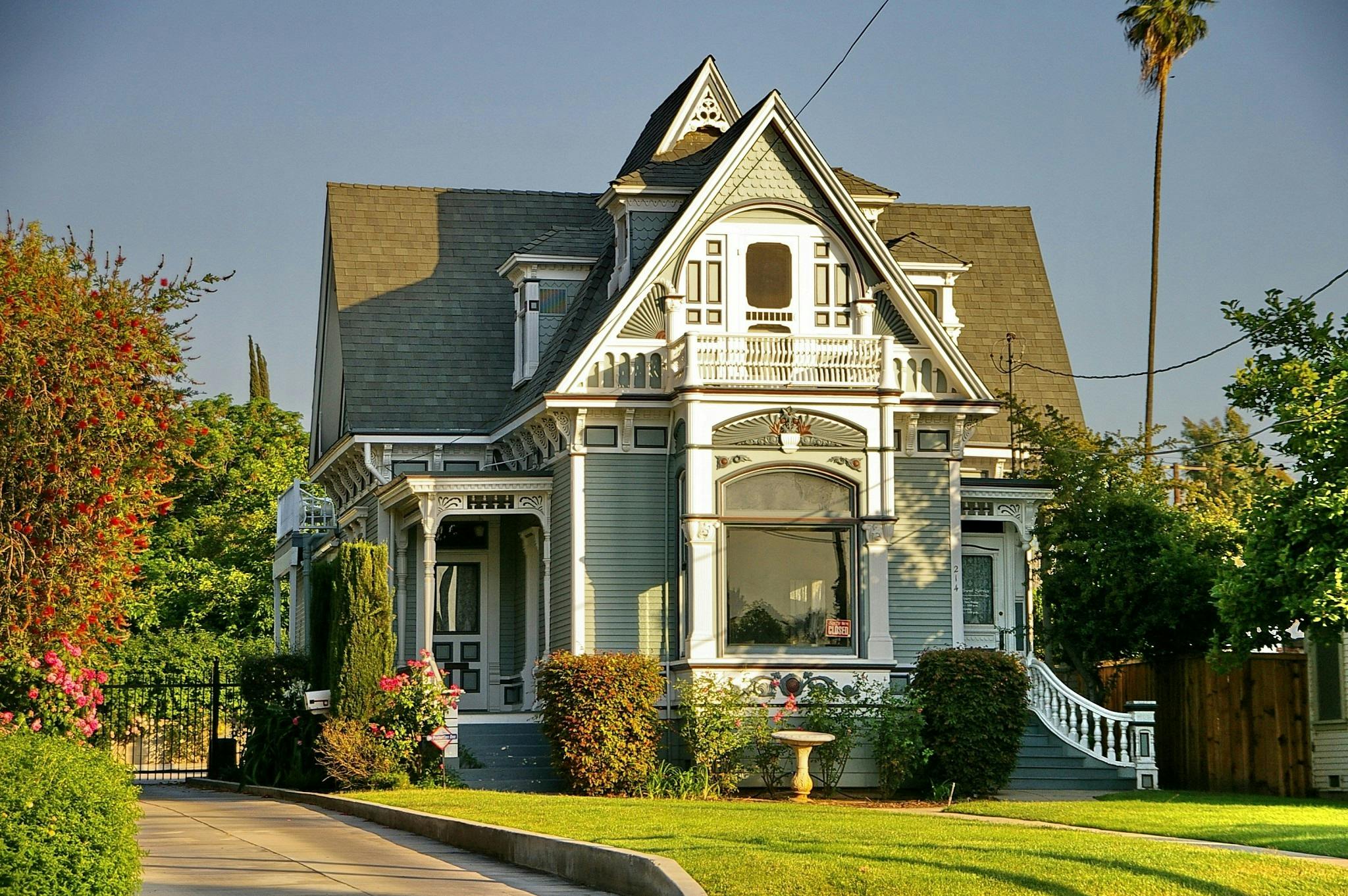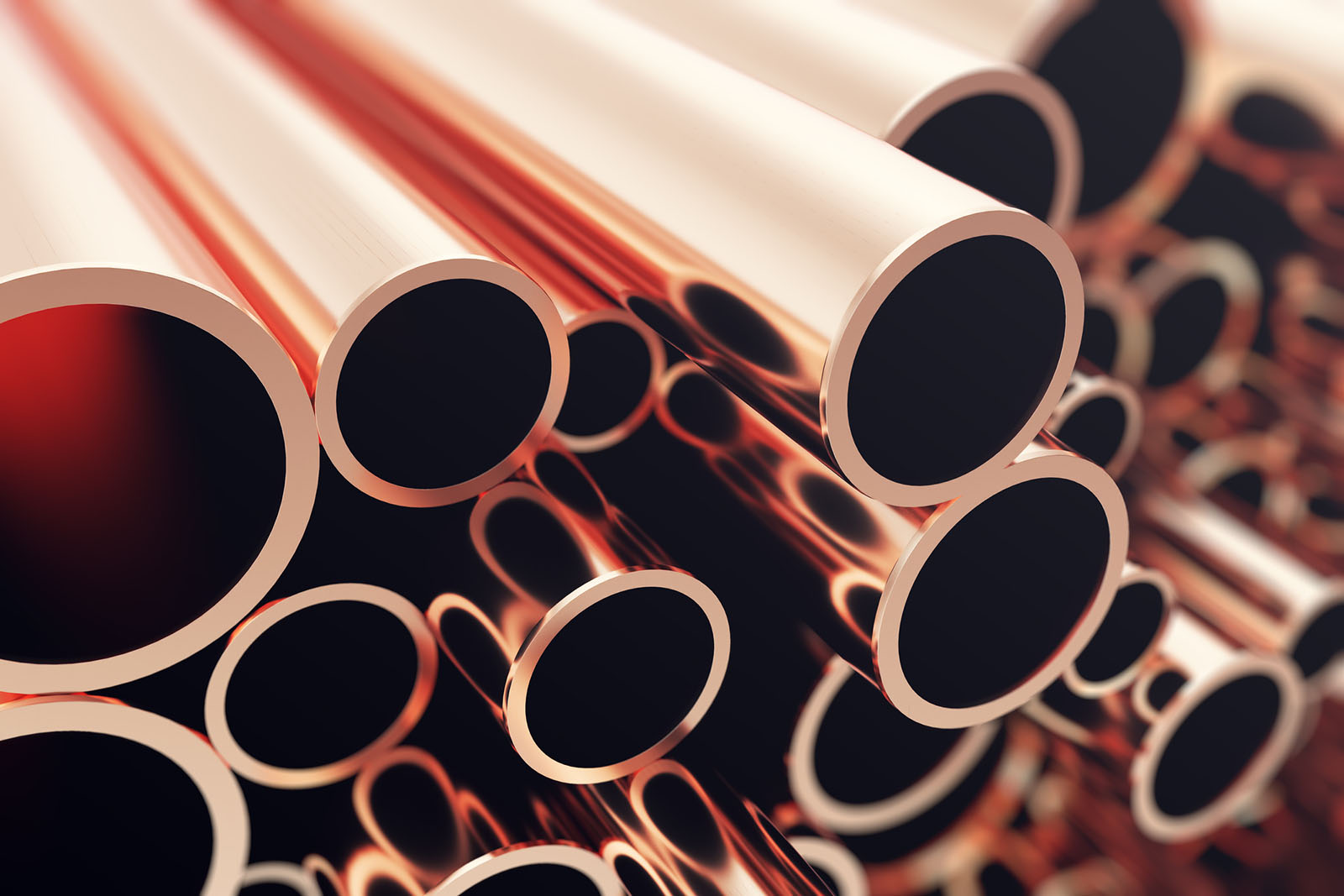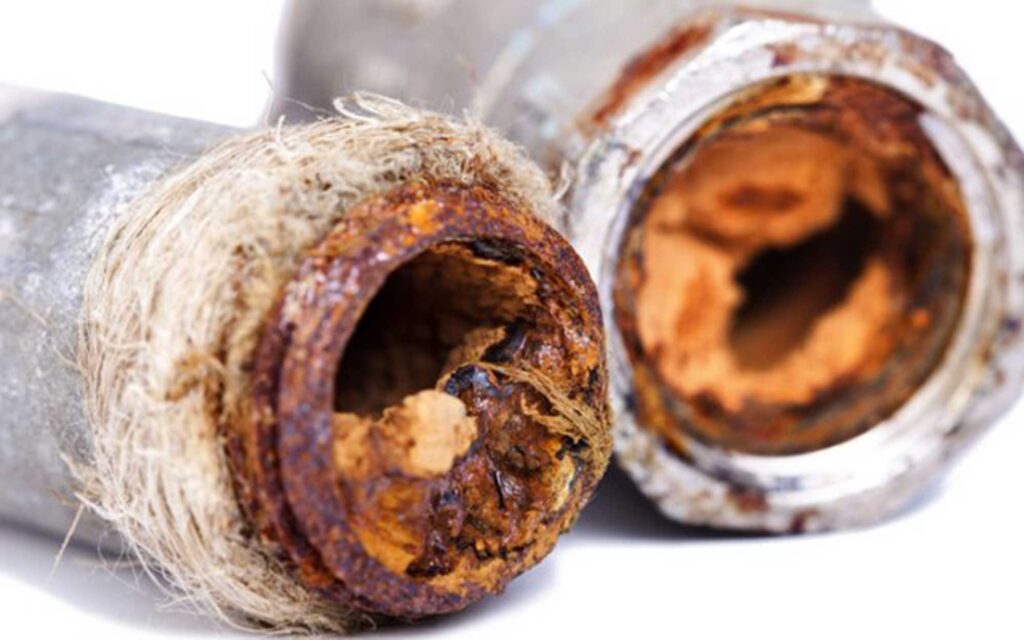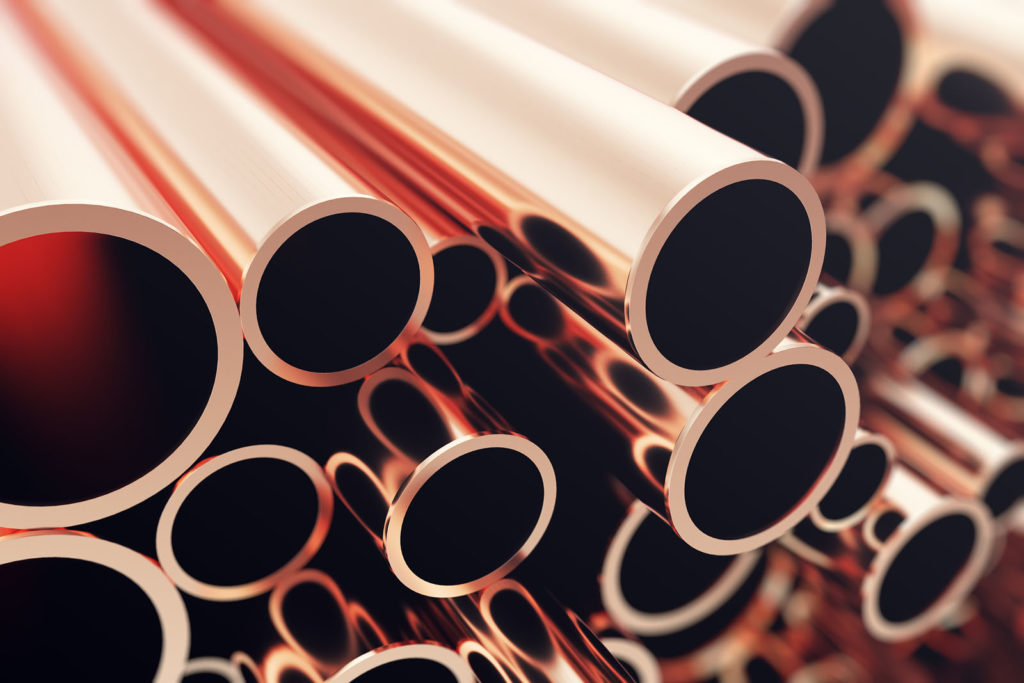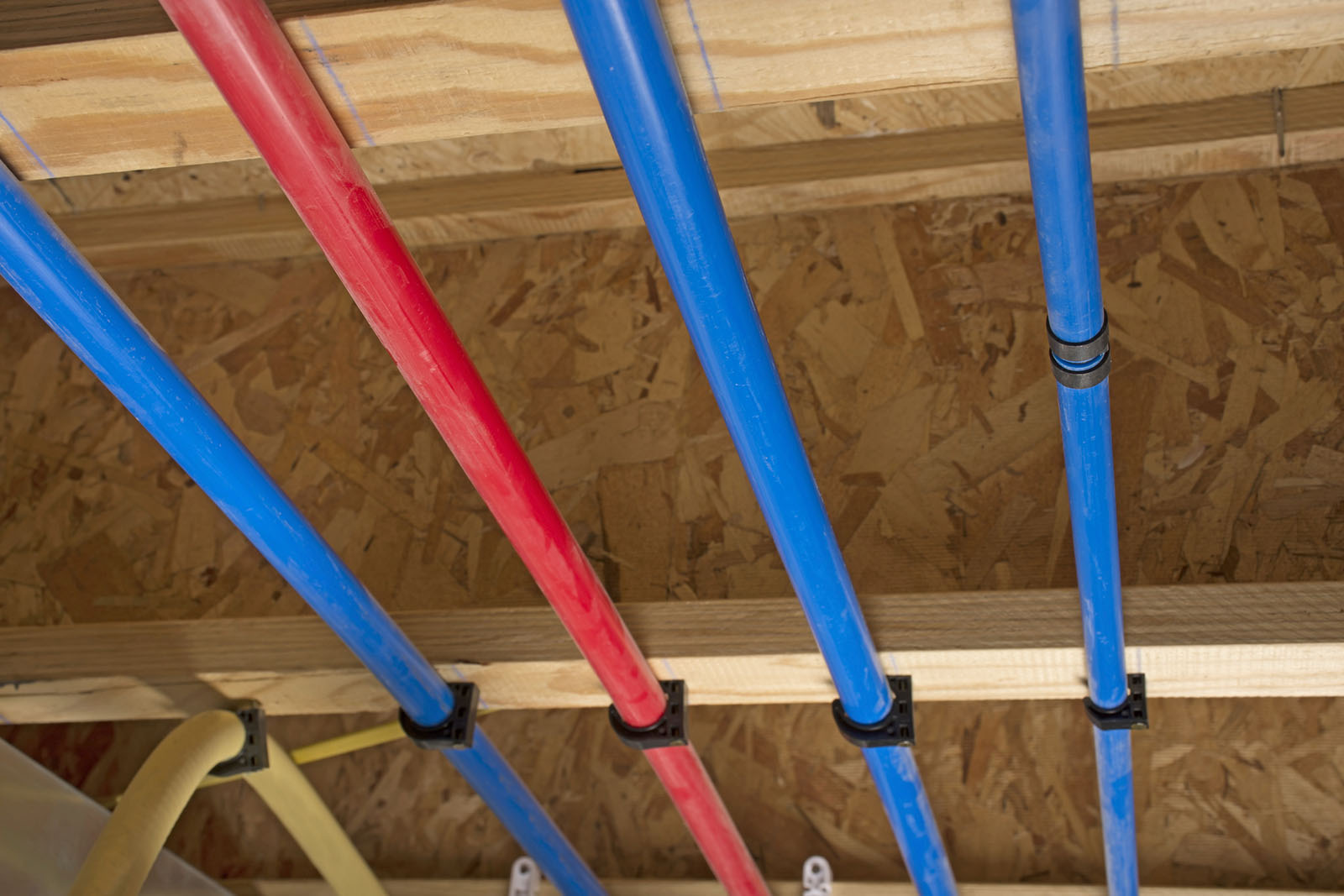Homeowners in California should be aware the plumbing in their home has a life expectancy. Materials like copper last almost a lifetime, 50 to 100 years. Galvanized steel piping was popular up until the 1970s, but only lasts 40-50 years before it starts dezincifying.
If you notice signs you need to repipe your home, the first question you’ll probably have is “how much is it going to cost to repipe?” We’ll attempt to answer that as clearly as possible, but remember there are factors that will influence how much your home repining project will cost.
How Much Does Repiping Your Home Cost?
The average home in Sacramento costs about $5,000 to $30,000 to repipe, for a one to three bedroom house, including replacing the drywall, finish and paint.
Let’s look at the factors that determine the final price.
Cost Factors in a Home Repiping Project
1. Size and Layout of Home
The total cost of a repipe project is determined by how big the house is, the number of square feet, and the number of plumbing fixtures. Larger homes will generally cost more than smaller homes, because the amount of lineal feet of new piping increases with the square footage. Larger homes are more labor intensive as the number of openings in the drywall also increase with the square footage.
2. Type of Piping Material
The main choice for replacement pipes are copper and PEX. Copper costs more than PEX, but it also lasts longer, usually 70 to 80 years. PEX is easier to install, but it can’t be used for outdoor plumbing or areas with high amounts of chlorine in the water.
Copper
Copper is the most reliable material for piping, but it is rigid piping that requires soldering and fittings to install. This increases the labor cost. Most copper piping is manufacturer guaranteed for 50 years, it routinely lasts 70-80 years, and can last up to 100 years. Most home buyers prefer copper piping as it can outlast the rest of your home in the event of an earthquake or wildfire.
PEX
Cross-Linked Polyethylene (PEX) piping costs less than copper piping, and it can be installed less time, because it doesn’t require fittings to navigate corners. PEX is used in 49 states, including California for over a decade.
PEX is also completely resistant to acidic water and corrosion, but it can deteriorate prematurely in areas where the chlorine levels in the water are high. PEX can also degrade quickly in sunlight and UV light, so it is not ideal for outdoor piping or areas with indoor fluorescent lighting. Water with heavy amounts of chlorine can also cause PEX piping to degrade, necessitating premature piping replacement.
3. Complexity of Plumbing System
Many homes are straightforward to repipe, but some have unique challenges. If your home contains lead pipes, these should be replaced immediately. Also, if your home has non-traditional architecture, accessing the pipes may require extra labor, though this is not common.
4. Number of Fixtures
Most 3-bedroom homes have two bathrooms, including sinks, showers, and toilets. The fixtures must be re-connected to the piping, and this takes some labor time. So long as none of the fixtures are being moved, this is a predictable cost.
5. Labor Costs
Labor is the biggest fluctuating cost when getting a repipe estimate. The repiping process is labor intensive, but these can be estimated fairly accurately if these factors are evaluated correctly.
- How many access points must be cut into the drywall.
- Does the contractor need to excavate concrete to replace water pipes under the slab, garage, or driveway?
- Plan and place new pipes into the walls, floor, and exterior.
- Soldering (aka “sweating”) pipes to seal them.
- Relocating any plumbing fixtures that need to be moved.
- Repairing drywall and repainting walls
6. Quality of Contractor
The quality and experience of the contractor matter when it comes to the plumbing in your home. The lowest price isn’t always the best. Some contractors don’t do many repipe projects, and others have extensive experience replumbing a home. Always check to see if they have a contracting license with the state.
7. Location and Local Permits
Permit costs and inspection fees for repiping projects must be considered in the estimate. Different counties may have different costs and regulations. In Sacramento, there is the seven county area (Sacramento, Placer, El Dorado, Yolo, Sutter, Yuba, and Nevada) and each of these may have different permit costs. For Stockton repipe projects, the permit fees follow the regulations of San Joaquin County.
Cost of Repiping a House in Northern California
The average home costs about $5,000 to $30,000 to repipe, for a one to three bedroom house, including finish and paint. (Wise Monkey)
| Home sq ft | Cost Range |
| 1200 sq ft | $5k-30k |
| 1500 sq ft | $5k-30k |
| 2000 sq ft | $10k-$40k |
Wise Monkey Repipe & Construction Services in Sacramento
If you have a home in the Sacramento area, and you need to replace aging galvanized steel pipes, defective Kitec pipes, or repair slab leaks, contact our team at Wise Monkey Repipe and Construction. We also serve Roseville, Folosm, El Dorado Hills, Elk Grove, Yuba City, Woodland, Davis, and Stockton.
For a personalized estimate for your home, contact us and our team will get back to you with a no-obligation estimate. We are a general contractor specializing in repipe projects in the local area.
